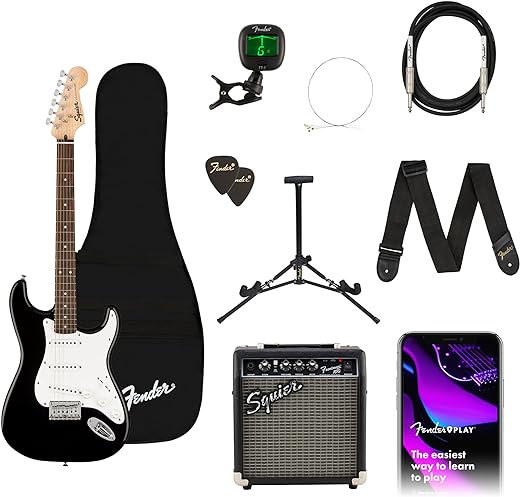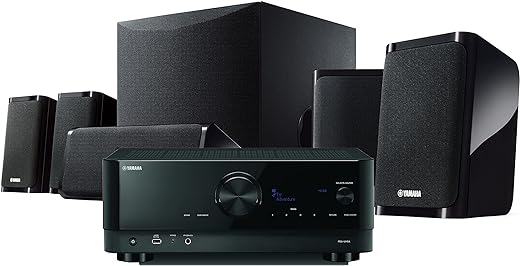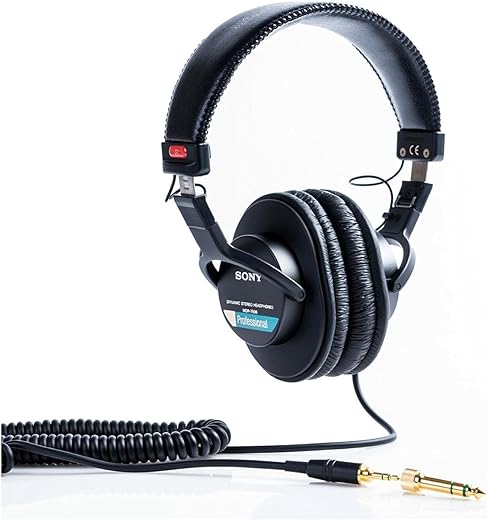How to Experiment with Different Electric Guitar String Gauges
The step-by-step guide “How to Experiment with Different Electric Guitar String Gauges” is designed to help you explore the various options available when it comes to choosing the right string gauge for your electric guitar. By providing a clear and concise set of instructions, this guide aims to empower you to experiment with different string gauges in order to find the one that best suits your playing style and preferences. Whether you’re looking for a heavier gauge for a more robust sound or a lighter gauge for easier bending, this guide will walk you through the process, allowing you to make an informed decision and enhance your guitar playing experience.
Top-Rated Electric Guitar Strings
Understand the Importance of String Gauges
To understand the importance of string gauges in determining the tone and playability of an electric guitar, you need to consider that different gauges can greatly affect the sound and feel of the instrument. Thicker gauge strings generally produce a richer and fuller tone, but they can be harder to bend and may require more finger strength. On the other hand, lighter gauge strings are easier to bend and play, but they may produce a thinner and less powerful sound. Experimenting with different gauges is key to finding the perfect balance between tone and playability for your electric guitar.
Research Various String Gauges
To research various string gauges, start by gathering information on the different options available in the market. Explore the range of gauges, which typically vary from extra light to heavy. Each gauge corresponds to a specific thickness or diameter measurement, with lighter gauges offering a thinner diameter and heavier gauges providing a thicker diameter.
Consider Your Playing Style and Genre
Consider your playing style and musical genre when selecting the string gauge for your instrument. To find the best fit, first assess your playing techniques such as bending, vibrato, and speed. If you tend to use aggressive bending and wide vibrato, a lighter gauge may provide more flexibility and easier execution. On the other hand, if you play with speed and precision, a heavier gauge can offer better control and sustain. Experiment with different gauges to find the optimal balance that enhances your playing style and complements your musical genre.
Evaluate Your Guitar's Setup
Assessing the current setup of your electric guitar is crucial in achieving optimal playability and intonation. Start by examining the nut, ensuring it is properly cut and lubricated to prevent string binding. Next, evaluate the bridge, making sure it is correctly adjusted for proper string height and intonation. Finally, check the truss rod to ensure the neck has the proper amount of relief. A well-set up guitar will allow for comfortable playing and accurate intonation across different string gauges. For example, if your guitar is not properly set up, switching to heavier gauge strings may cause buzzing or difficulty in fretting notes.
Start with a Medium Gauge
To begin experimenting with different string gauges, it is recommended that you start with a medium gauge. This gauge is a good starting point for most players as it provides a balanced tone and playability. To try a medium gauge, simply purchase a set of medium gauge strings and replace your current strings with them. This will allow you to assess the difference in sound and feel compared to your previous strings.
Experiment with Lighter Gauges
- Experiment with lighter gauge strings to enhance your playing experience.
- Lighter gauge strings offer greater ease of playability and flexibility, allowing you to bend and fret notes more effortlessly.
- These strings can also have an impact on your tone and sustain. Lighter gauge strings produce a brighter and more treble-focused tone, with less sustain compared to heavier gauge strings.
- To try lighter gauge strings, purchase a set with a lower string gauge (e.g., if you currently use 10-46, try a set with 9-42).
- Replace your current strings with the lighter gauge set following the manufacturer’s instructions for string changing.
- Once the new strings are installed, adjust your guitar’s setup to accommodate the lighter gauge. This may involve adjusting the truss rod, bridge height, and intonation.
- Spend some time playing the guitar with the lighter gauge strings to get used to the feel and explore the increased playability and flexibility.
- Pay attention to the tonal differences and sustain. Notice the brighter, more treble-focused tone and the potentially reduced sustain compared to heavier gauge strings.
- Experiment with different playing styles, techniques, and music genres to fully explore the benefits and potential drawbacks of lighter gauge strings.
Experiment with Heavier Gauges
To encourage trying heavier gauge strings, explain that they can provide a fuller tone and increased sustain. Describe how the added tension from the thicker strings can result in a more resonant sound and longer sustain. Discuss the potential impact on playability, explaining that while heavier gauge strings may require more finger strength, they can also enhance the clarity and projection of your playing. Lastly, mention the impact on bending techniques, noting that bending heavier gauge strings may require more effort, but can also lead to a more expressive and powerful sound.
Evaluate and Make Your Decision
Evaluate and Make Your Decision
To evaluate your experiences with different string gauges and make an informed decision, start by considering your preferences, playing style, and musical genre. Begin by experimenting with different gauges and take note of the overall feel and sound produced by each one. Pay attention to how comfortable it is to play and whether it complements your playing style. Additionally, consider the musical genre you primarily play in, as certain gauges may be better suited for specific genres. By carefully evaluating these factors, you can make a well-informed decision on the string gauge that best suits your needs.
Key Takeaways
In conclusion, experimenting with different electric guitar string gauges is crucial for finding the perfect balance of tone, playability, and personal preference. By trying out various gauges, you can discover the strings that complement your playing style and enhance the sound of your electric guitar. Remember that the ideal gauge can vary for each guitarist, so it’s essential to explore different options and be open to trying new things. With patience and persistence, you can unlock a world of possibilities and elevate your guitar playing experience. So go ahead, start experimenting, and let your creativity soar with the perfect set of electric guitar strings.
Choosing the Right Gauge
Step-by-Step Guide to Using Electric Guitar Strings
- Start by selecting the appropriate gauge of electric guitar strings for your playing style and preferences
- Before replacing strings, make sure to loosen the tension of the old strings by turning the tuning pegs counterclockwise
- Remove the old strings by unwinding them from the tuning pegs and removing them from the bridge
- Insert the new electric guitar strings through the bridge and guide them up to the corresponding tuning pegs
- Make sure to wind the strings around the tuning pegs in a neat and secure manner, ensuring proper tension and tuning stability
Frequently Asked Questions about Electric Guitar Strings
Are there any specific techniques or tools for extending the lifespan of electric guitar strings?
Yes, there are several techniques and tools that can help extend the lifespan of electric guitar strings. Here are a few:
- Clean your hands before playing: Oils and dirt from your hands can transfer onto the strings, causing them to deteriorate faster. Washing your hands before playing can help keep the strings clean.
- Wipe down the strings after playing: Using a clean cloth or a specialized string cleaner, wipe down the strings after each playing session. This helps remove any sweat or debris that may have accumulated on the strings.
- Use string lubricant: Applying a small amount of string lubricant, such as graphite or silicone, can reduce friction between the strings and the frets. This can prevent excessive wear and extend the lifespan of the strings.
- Avoid excessive bending and stretching: Excessive bending and stretching of the strings can lead to faster wear and breakage. Try to minimize these actions while playing to prolong the life of your strings.
- Store your guitar properly: When not in use, store your guitar in a case or a guitar stand to protect it from dust, humidity, and temperature fluctuations. This can help prevent corrosion and prolong the life of your strings.
- Use coated strings: Coated strings have a protective layer that helps prevent dirt, sweat, and oils from accumulating on the strings. This can significantly extend their lifespan compared to regular strings.









![Best Yamaha DJ Speaker Picks [TOP 7]](https://forthecountryrecord.com/wp-content/uploads/2024/02/yamahastagepas600btportablepasystem.jpg)




I’ve found that using lighter gauges makes it easier to bend strings. It’s great for playing solos!
What are some signs that indicate my guitar’s setup needs evaluation?
Can you recommend any specific string gauges for playing blues music?